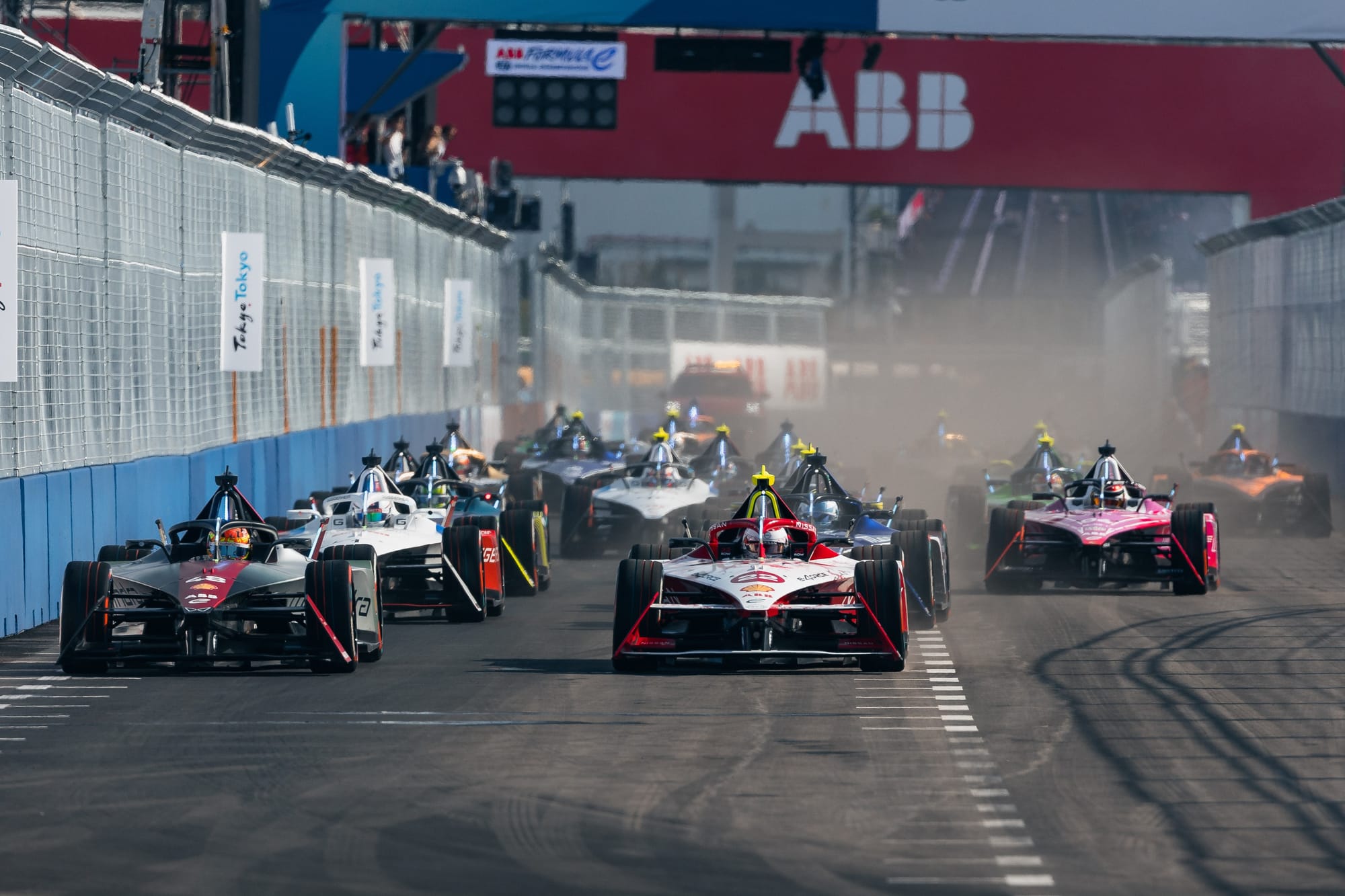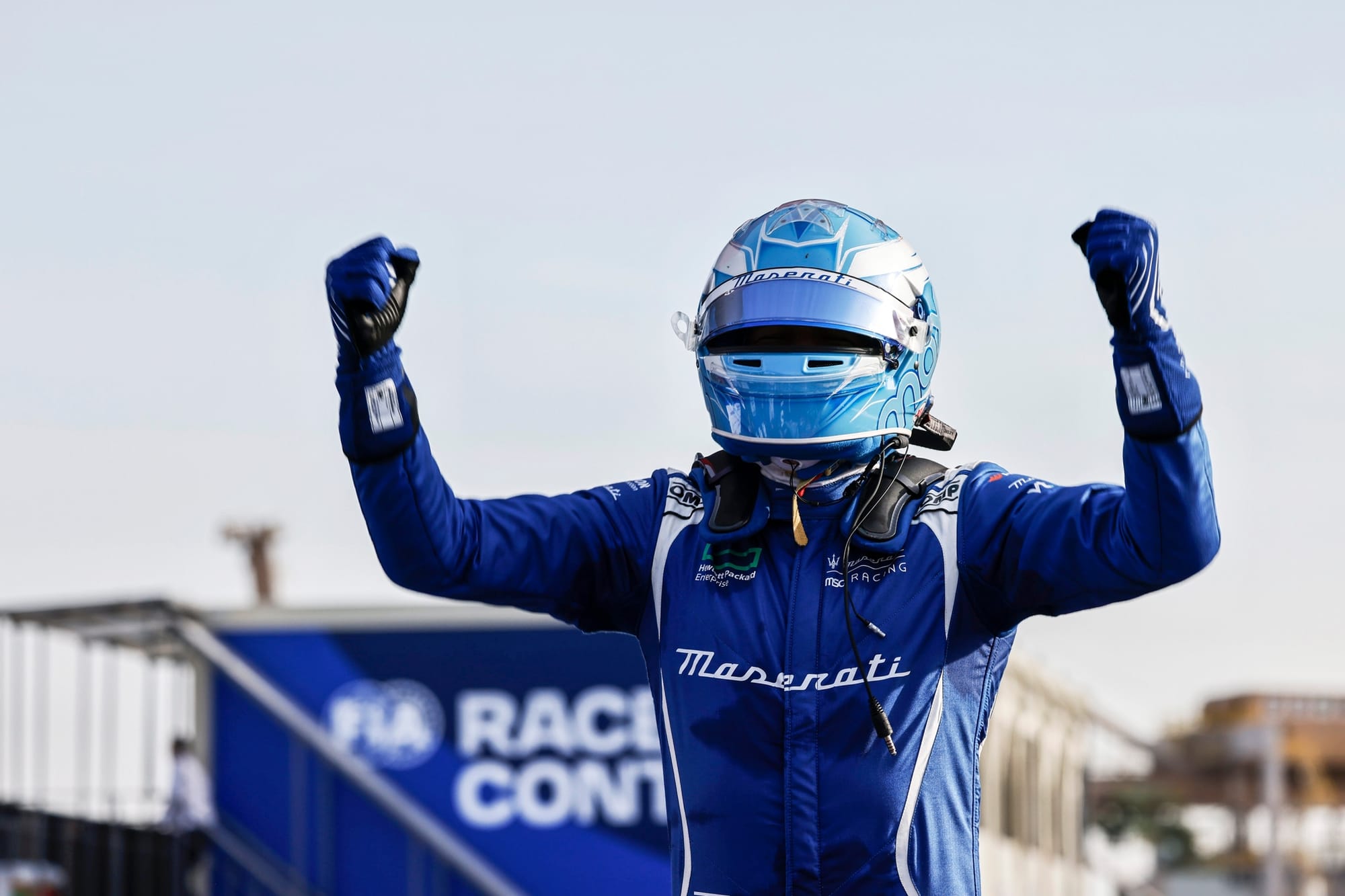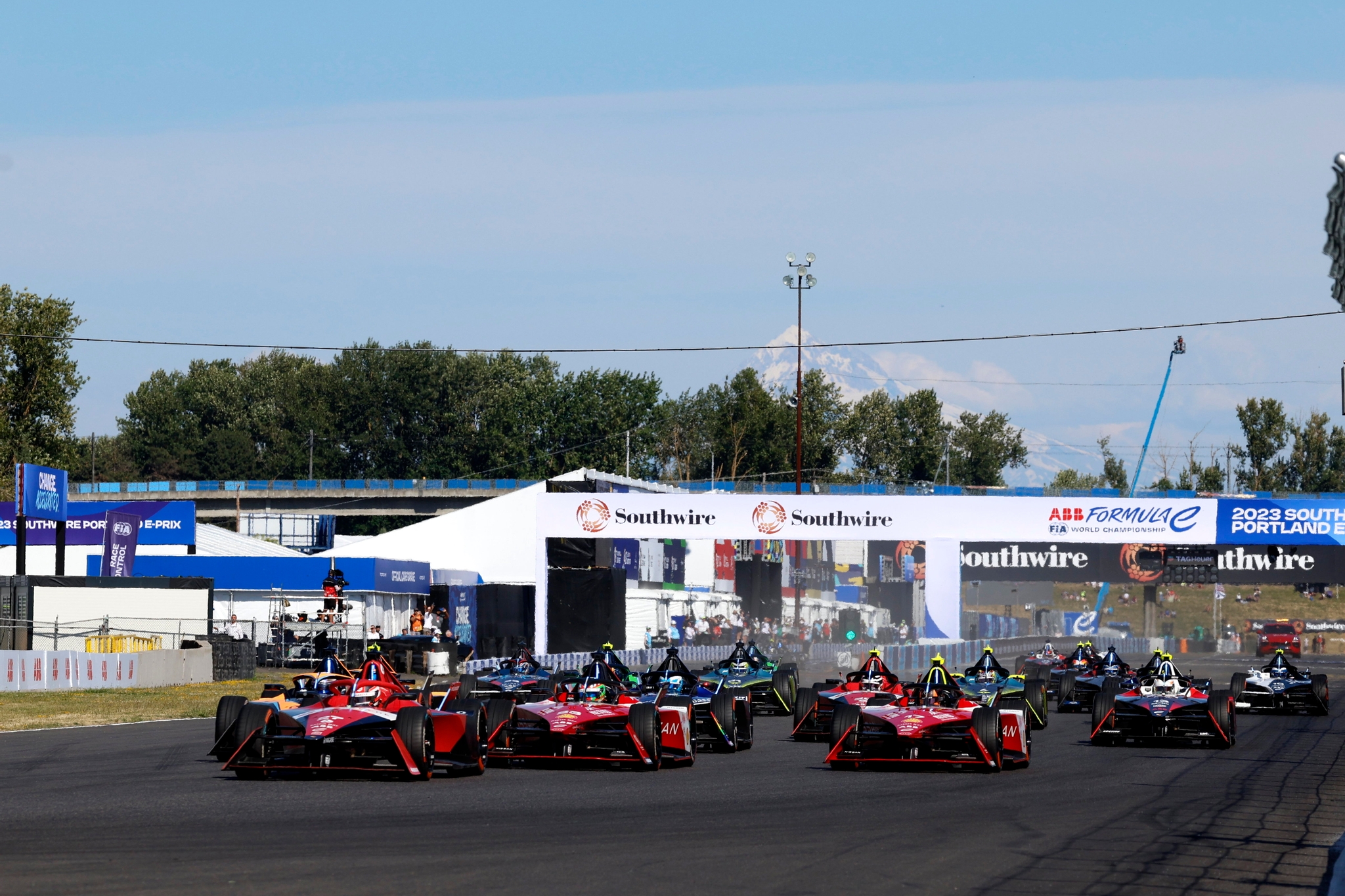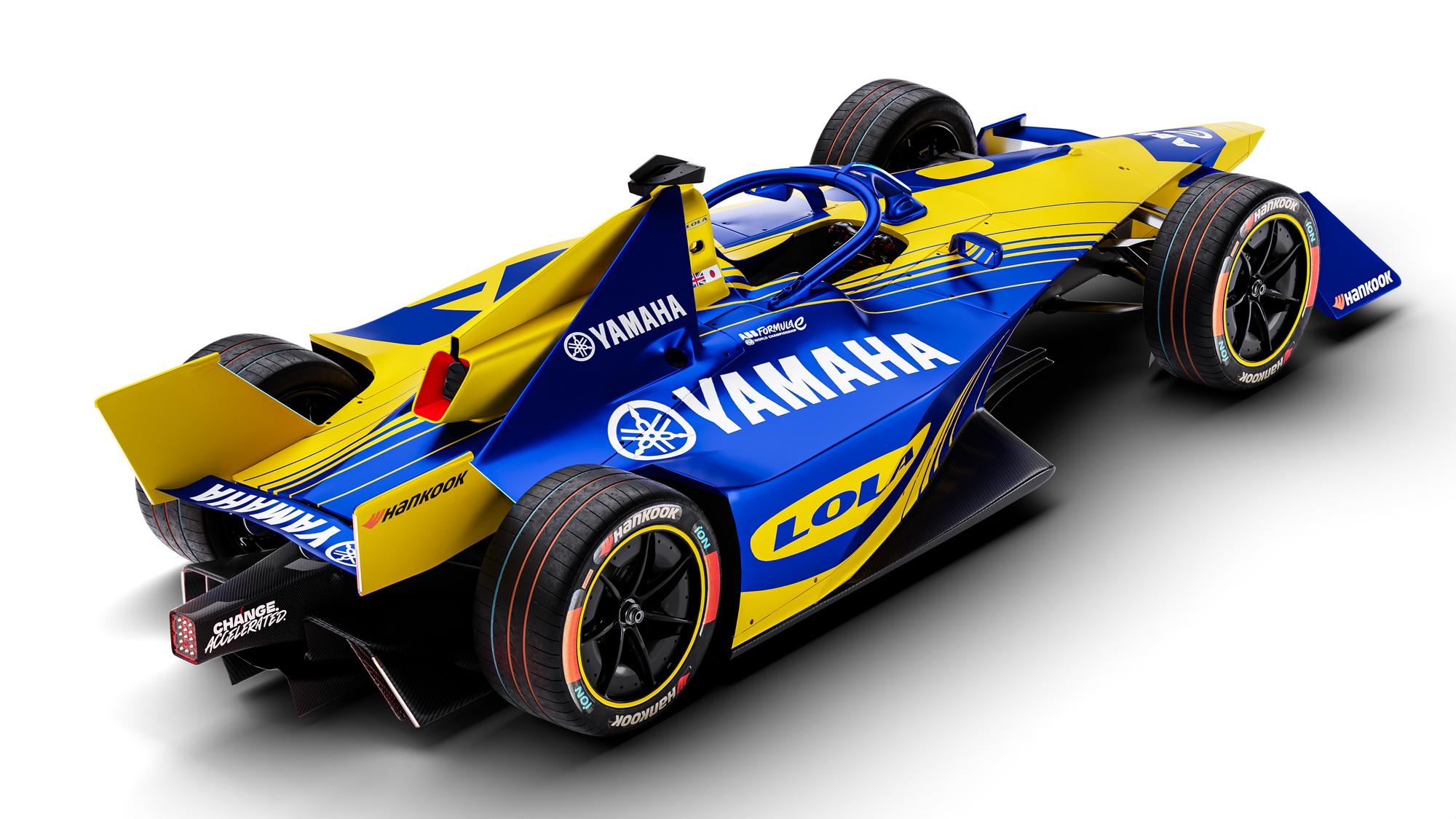Will Formula E become Big in Japan, or will its Tokyo race end up as a one-off Takeshi's Castle-style curiosity?
What we know as it stands is that the championship finally pulled off what many believed was an impossible dream in Tokyo last Saturday.
It raced on the streets of what is not just the world’s most populated city but also one that is notoriously hard to organise and achieve even small-scale events in.
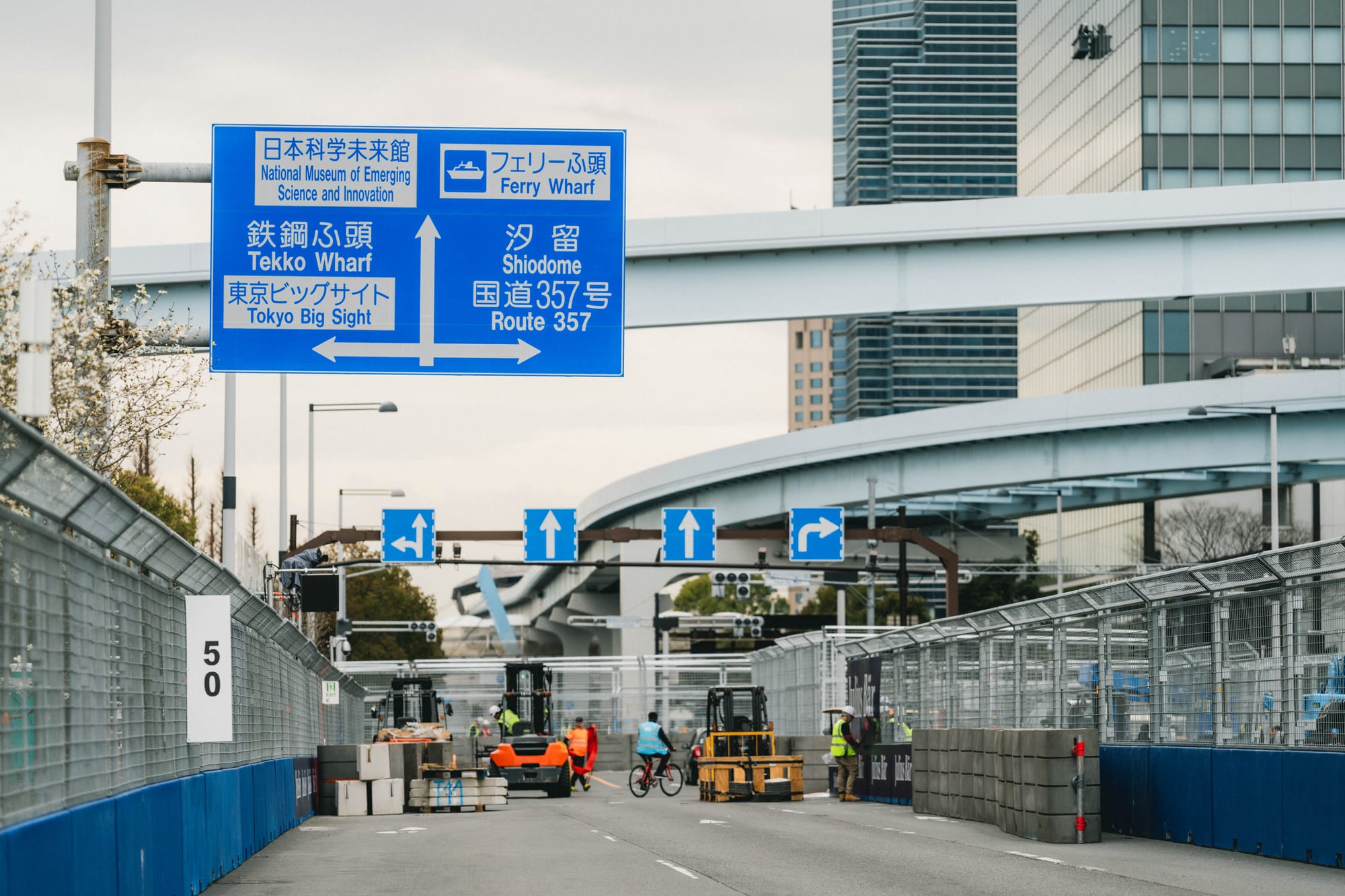
‘Streets’ should be asterisked heavily here. This was not a race on streets usually populated with everyday people, nor was it one that required the good will of businesses or vendors. The Big Site area in the Ariake district of Tokyo is an enormous exhibition zone that does not have a populated area within it.
Think the London ExCeL spread over a much bigger area. This was not the prettiest area of town, granted, and on a drab, wet Friday morning it prompted one senior figure in the paddock to tell The Race he "thought he was in Milford Haven when I looked across the bay this morning".
That was of course tongue in cheek and a bit facetious but there was a point.
That’s because the Big Sight area brought back more than just an echo of the Red Hook area of Brooklyn that hosted the New York City E-Prix between 2017 and 2022. It was industrial and business-like in its feel and didn’t exactly scream 'Tokyo' initially.
Did that matter? Not particularly, because with good TV direction via helicopter shots and the presenters talking up the race into a fervour the world knew Formula E was in Tokyo.
The series filmed a sassy Tokyo Drift pastiche ahead of the race, Takuma Sato was in town for some Japanese TV work, and there were more Sakura cherry blossom liveries and activations than there were of the real things, which had been delayed from blooming a week or so by late winter outstaying its welcome.
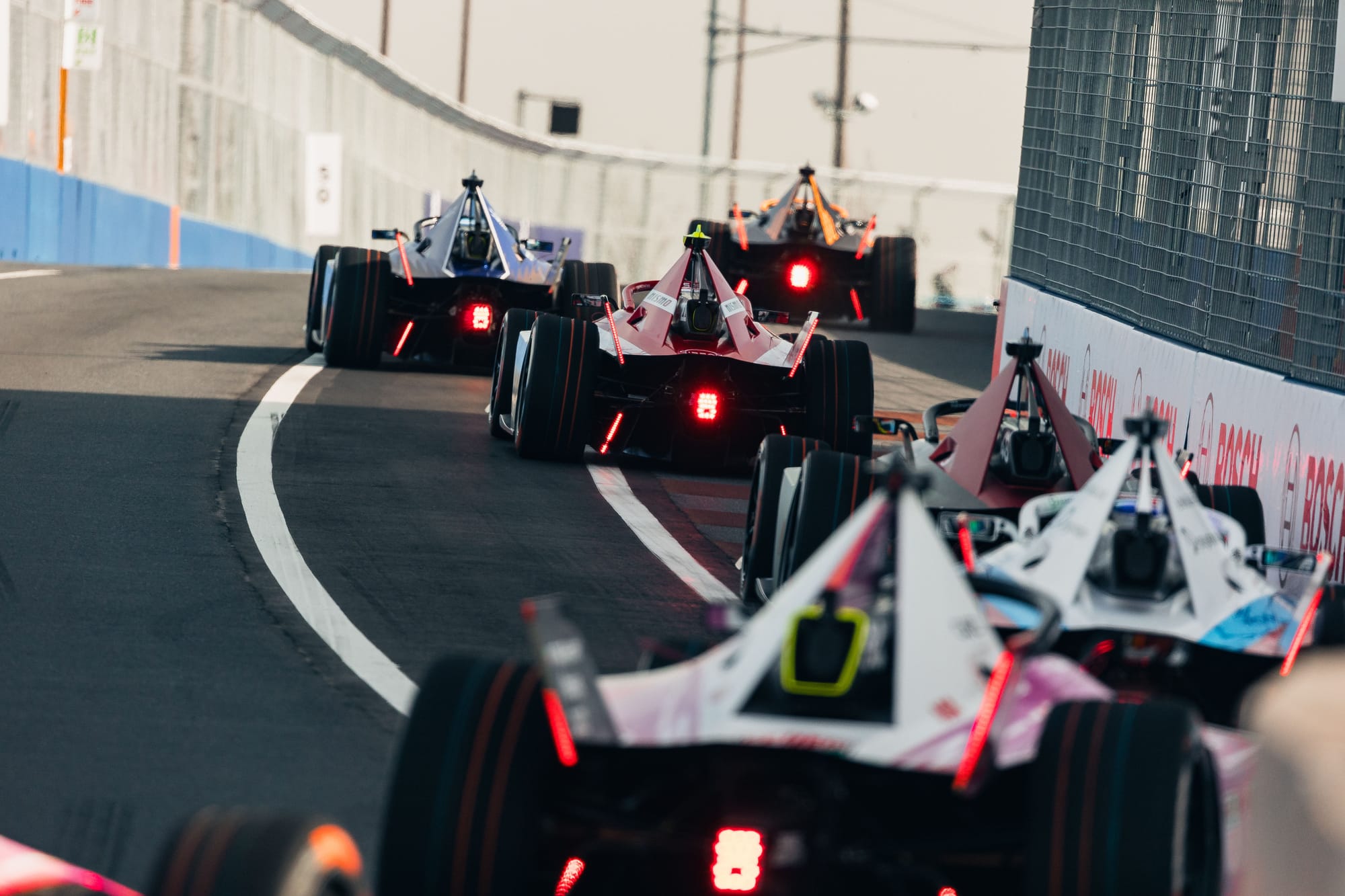
But everyone was just happy to be in Tokyo. This was a holy grail race for Formula E and had been courted since 2013 when Formula E pioneers Alejandro Agag and Alberto Longo pinpointed the Japanese capital for a race.
It took a decade because the legislation and bureaucracy around getting permits for events in Japan is intricate and layered with political and administrative process and procedure.
Pulling all of that off involved months and years of lobbying, meeting and discussing.
That it was pulled off at all is a major endorsement of Formula E Operations' race-making team and its tenaciousness in not letting Tokyo drift away.
Will it stay - and what needs adapting?
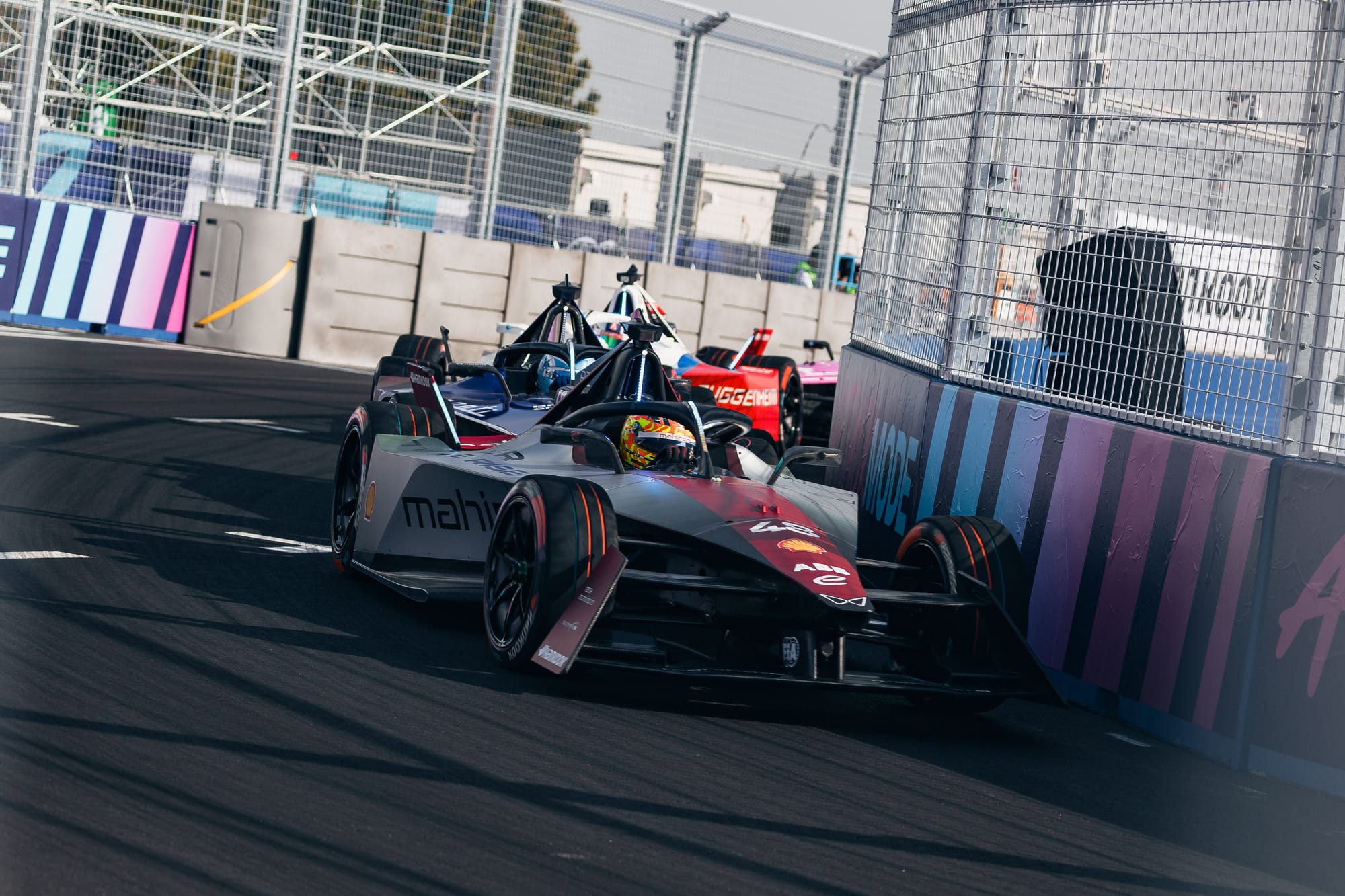
The big question among some of the movers and shakers now is whether this is a solid and permanent fixture on Formula E’s often fickle calendar.
Formula E can’t have another Seoul, a Hyderabad, a Montreal or a Cape Town one-off. Formula E shouldn’t become a transient world championship and it needs its big marquee races to be annual and ideally close to the same time of the year.
The circuit was indeed rustic in some areas but because it was a street circuit (or let’s call it an exhibition area circuit) it could get away with it.
There were lumps and bumps aplenty. There was a residual water-weeper problem at Turn 1 which resulted in excess rain water sloshing onto the track and there was a relatively small capacity of fans. This was initially capped at 8500 but an increase was allowed by the authorities and Formula E quoted a 20,000 attendance to The Race.
Attention will now turn to the legacy of this maiden fixture and how it can grow exponentially ahead of the Gen4 era starting in 2026/27, when it is likely that a longer and wider circuit will be needed.
“The plan is to be here multi-year,” Formula E CEO Jeff Dodds confirmed to The Race last week. “I haven't felt an energy around a race like this one. So, I'll do whatever I can in my power to make sure that we come back here every year. But I rely on the Tokyo Metropolitan Government wanting to continue to support a race in Tokyo.”
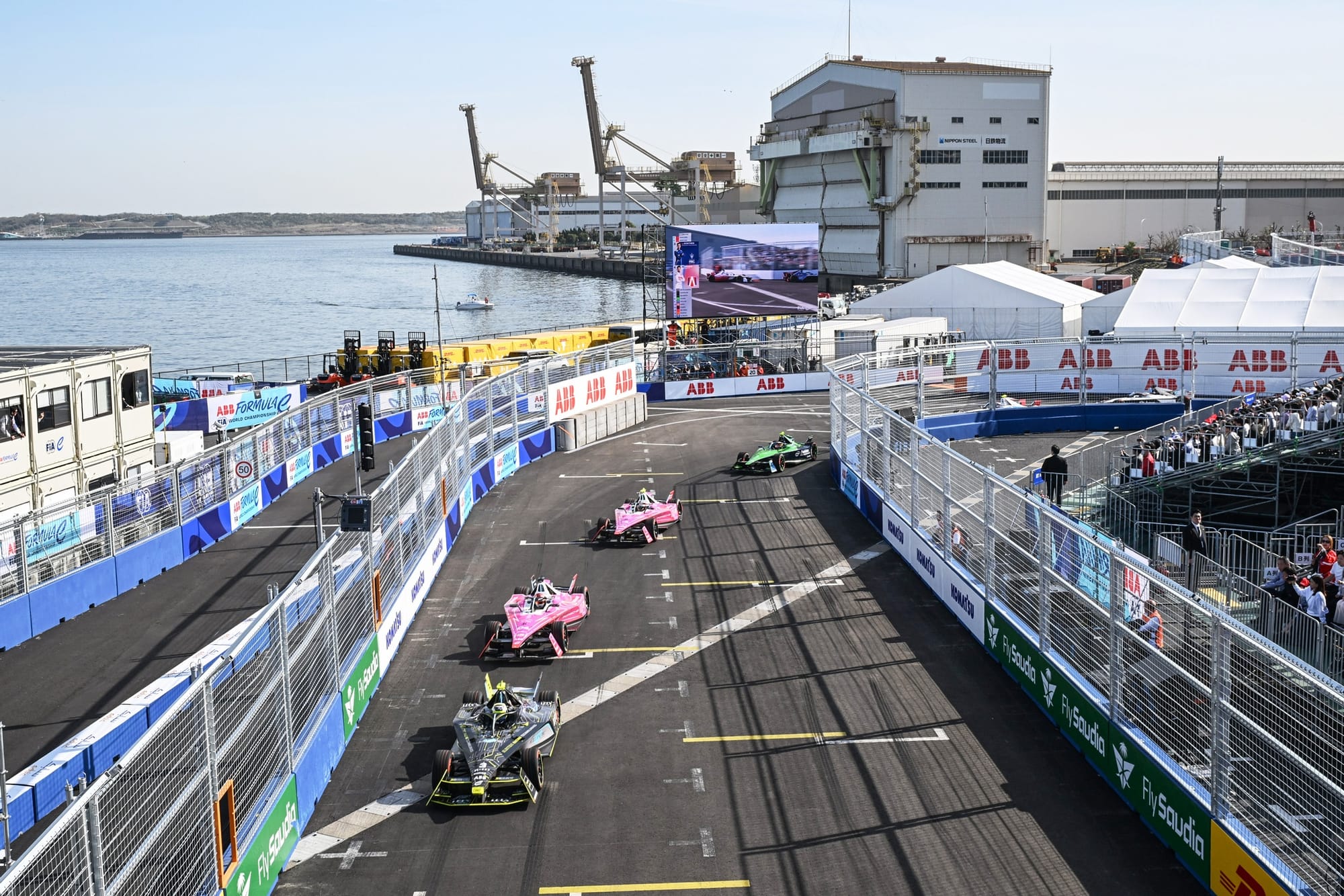
That support appears to be there in abundance, with the city’s governor Yuriko Koike attending the E-Prix in addition to Fumio Kishida, the country’s prime minister.
The race was also part of a major festival centred around sustainability and zero-emission activation. As this was occurring in a separate part of the Big Sight area it was difficult to get a feel of how many people were in this part of the city, but certainly at the track itself the grandstands were full after they sold out in rapid time.
But there definitely needs to be an expansion around the circuit itself for future Tokyo E-Prixs and that is believed to be in the pipeline in addition to a likely modification of the track - if it is logistically possible.
“As drivers, we want to be involved in building new tracks and we think there are some corners, some kerbs that can be modified to help the racing,” said Porsche's Antonio Felix da Costa. “Hopefully we can work together better in the future when we go to new tracks, or even to current tracks, to try and help the FIA make the tracks a bit better to overtake.”
The Tilke designed circuit was mostly enjoyed by the drivers but the lack of overtaking opportunities certainly wasn’t. That said, there were a decent number pulled off in the race itself and it wasn’t a Hyderabad situation last February when Jean-Eric Vergne reprised a brilliant, Gilles Villeneuve Jarama 1981-style blockade victory.
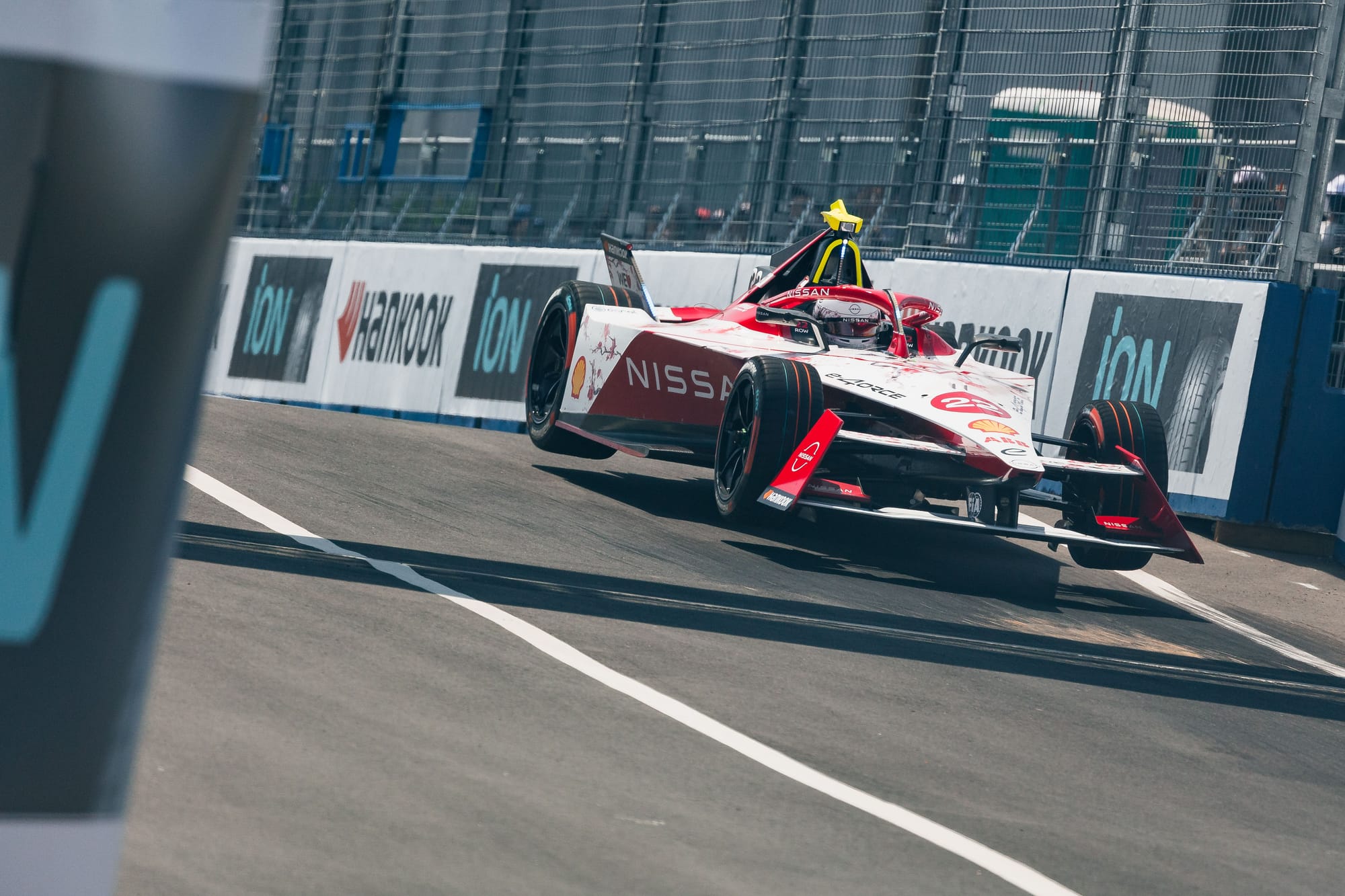
The gnarly elements, such as the ramp drop at Turn 3, gave the track character. It was marginal on being a car breaker and The Race understands that some damage to aspects of cars, including the batteries, was seen after sessions.
But if you want street racing occasionally you have to be prepared to stomach the street fight and it was absolutely no surprise that reflex hustlers such as Oliver Rowland, Sergio Sette Camara and Edoardo Mortara shone.
That was, after all, what the fans came to see.
Under the lights?
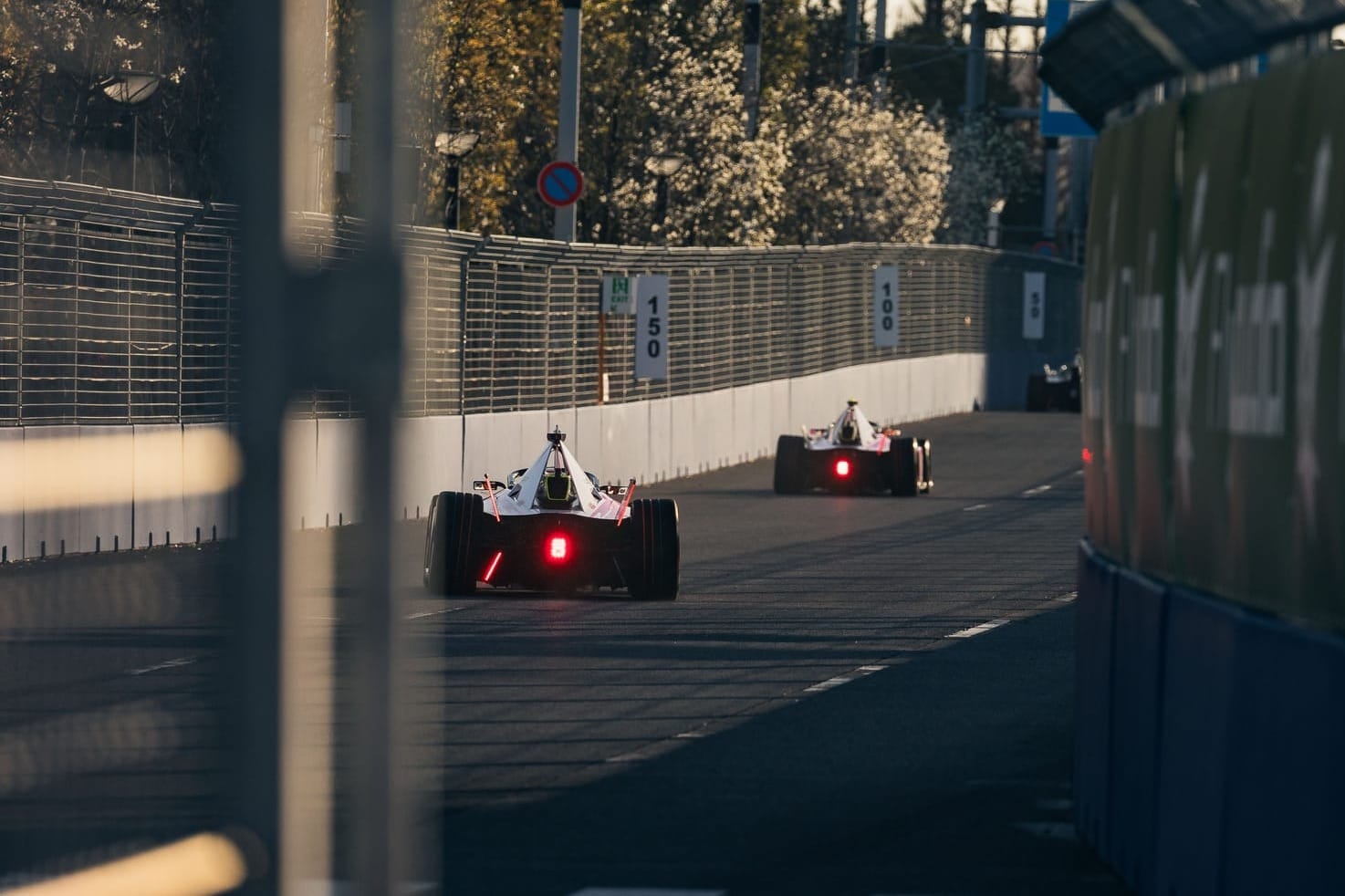
What would truly shine in Tokyo would be a night race. A neon-fest that would reflect off the nearby Tokyo Bay and light up the opposing metropolitan wonderland of Chiba to illuminate all the senses.
It would be a huge added expense but the impact it would have would be enormous.
It was looked at, with Formula E's vice president for host cities Oliver McCrudden telling The Race prior to the event that it “ups the overall production cost by a number that isn't small, but we'll see whether or not that's something that we can do in the future”.
“Doing a night race in the Asian region makes a lot of sense because it helps us for the European audience with the time difference and maybe you capture a bit of the US as well,” added McCrudden. “It's definitely something in the back of our minds.”
After the podium celebrations and the media activities had concluded there were still several spectators loitering around to see their heroes.
"Racing in Tokyo was a dream of everyone’s and now it is reality which is so great,” Nissan’s Tommaso Volpe told The Race. “If we can build a strong legacy here I feel it will be one of the greatest things Formula E has ever done and it could really influence several generations.”
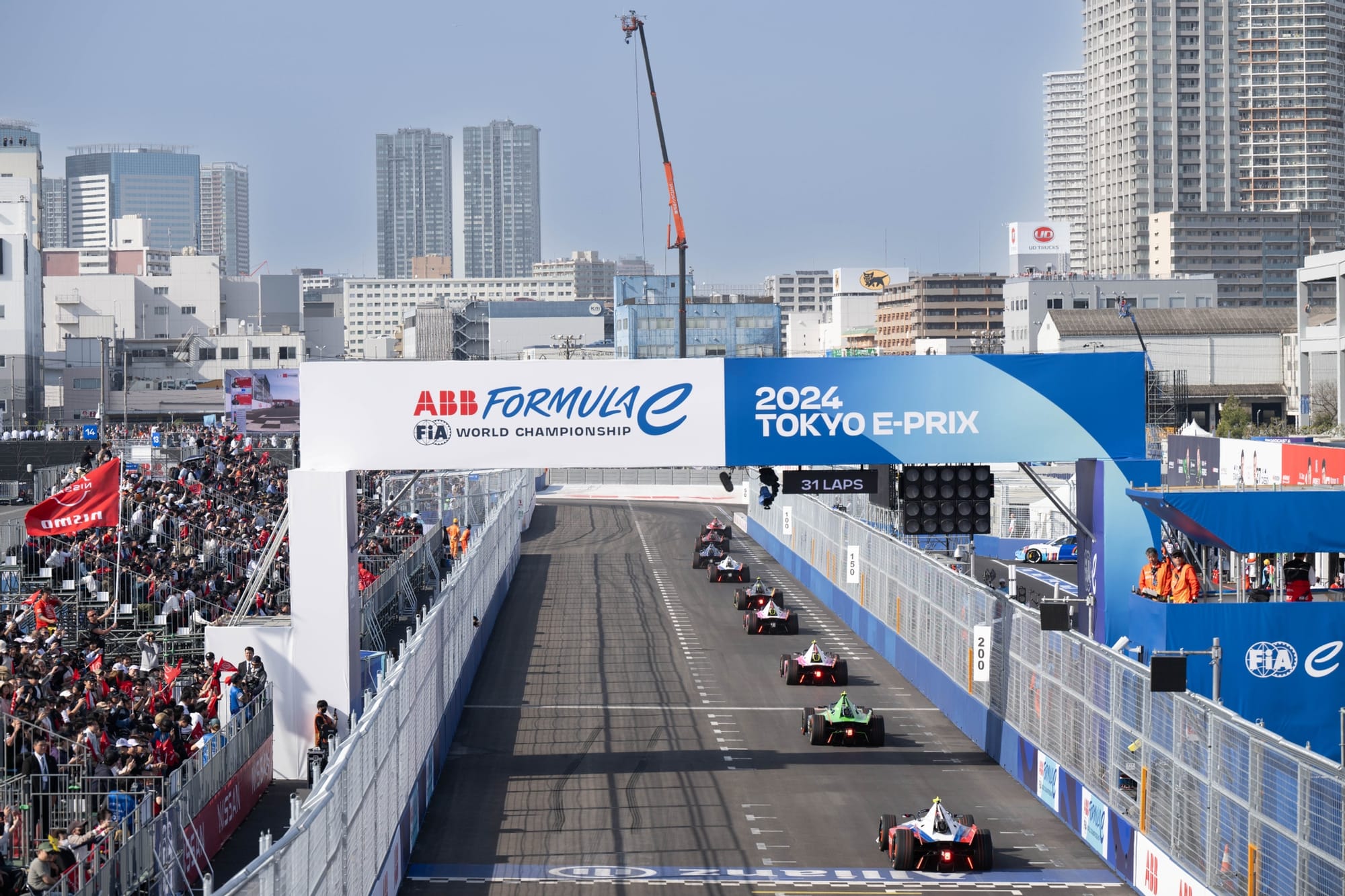
Can the dream race become the dream ticket for Formula E? It has to be said that it had a very decent springboard last Saturday.
“The welcome we've received, the energy in the city, the people that are attending, the speed at which the tickets sold out, the activations from the manufacturers, the announcements we've made this week, there’s just an enormous amount of energy around it,” said Dodds.
“If we can bottle that, and we could have that every year for the next decade, I'd be a happy man.”


